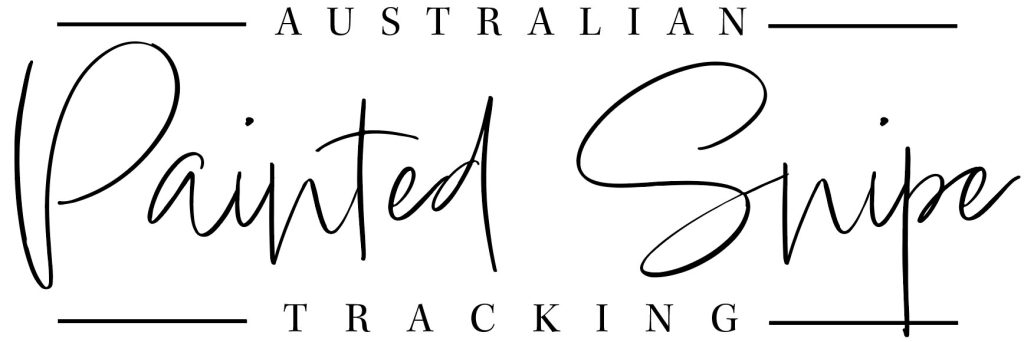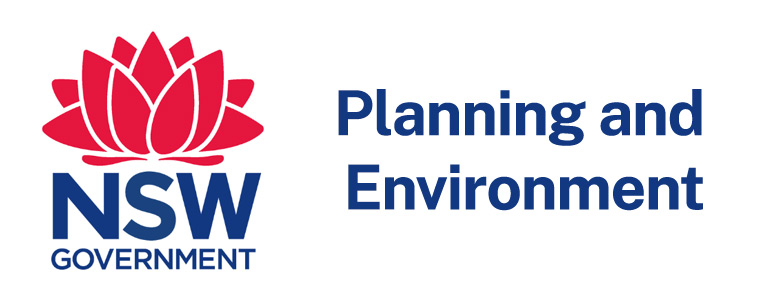Tracking Australian Painted-snipe
Crowdfunding
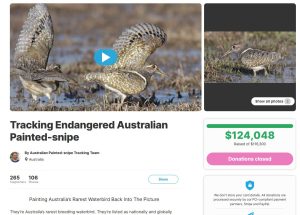 For over 20 years, there has been serious concern about APS but they’ve remained one of world’s most poorly known and endangered wetland bird species, constantly relegated to the too hard basket for in-depth research. Triggered by the lack of records during 2021 and 2022, our team came together to begin shedding much needed light on the species and how to best conserve these birds. In November, 2022, we launched a 40-day crowdfunding campaign and raised $124,048 to track the species for the first time. Despite a triple La Nina, there had only been about half a dozen sites nationally, whereas we had expected to see a surge of sightings, just as we did after the millennium drought ended in 2010. It seemed more urgent than ever to learn more about these birds, particularly with the latest population estimate of just 340.
For over 20 years, there has been serious concern about APS but they’ve remained one of world’s most poorly known and endangered wetland bird species, constantly relegated to the too hard basket for in-depth research. Triggered by the lack of records during 2021 and 2022, our team came together to begin shedding much needed light on the species and how to best conserve these birds. In November, 2022, we launched a 40-day crowdfunding campaign and raised $124,048 to track the species for the first time. Despite a triple La Nina, there had only been about half a dozen sites nationally, whereas we had expected to see a surge of sightings, just as we did after the millennium drought ended in 2010. It seemed more urgent than ever to learn more about these birds, particularly with the latest population estimate of just 340.
Our plan
Our plan is to track at least 12 birds from traditional stronghold areas in the Murray-Darling Basin, helping provide the basis for future work on the species. The tracking will provide such insights as uncovering previously unknown drought refuges, strongholds and key sites, and showing where the birds from the MDB spend winter. Catching them shouldn’t be too difficult (e.g. mist nets) but finding them in the first place is an ongoing challenge. We’ll be relying heavily on eagle-eyed birdwatchers to help us uncover sites, with catching teams ready to go. We want to bring this bird – the “Night Parrot” of wetlands – into the spotlight, highlighting their plight and the key wetland sites they depend on as they move through the landscape.
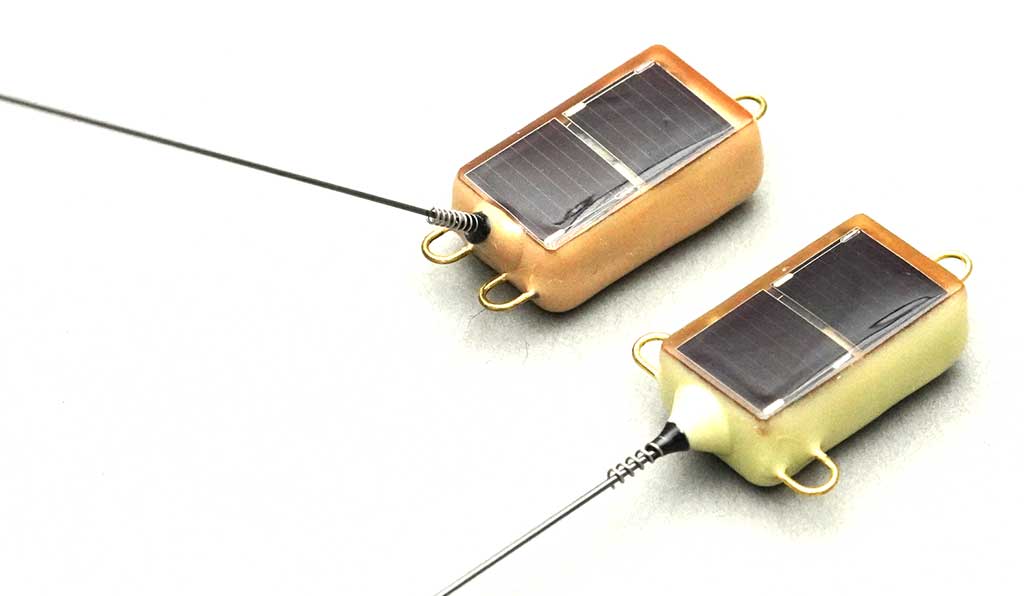 We are using two different types of transmitters. The first lot are solar PTT units that use satellites and deliver the data to us regularly, sometimes close to real time. They are only two grams and cost about $7000 each, plus significant download costs, while the second lot are much cheaper but rely on the birds entering the mobile phone network to access the data. There is an inherent risk that the birds we tag will not enter the mobile network, or will leave it and not return, whereas we’ll always have a good idea of where the PTT birds are. We have hedged our bets between these two transmitter types.
We are using two different types of transmitters. The first lot are solar PTT units that use satellites and deliver the data to us regularly, sometimes close to real time. They are only two grams and cost about $7000 each, plus significant download costs, while the second lot are much cheaper but rely on the birds entering the mobile phone network to access the data. There is an inherent risk that the birds we tag will not enter the mobile network, or will leave it and not return, whereas we’ll always have a good idea of where the PTT birds are. We have hedged our bets between these two transmitter types.
Engaging the Custodians of APS – NSW/ACT Twitchathon
To capitalise on the tracking, we wanted to seize the opportunity to visit key wetlands as our birds move, meet with the landholders, build relationships and trigger targeted conservation. Thankfully, “Engaging the Custodians of Australian Painted-snipe” is the recipient of the 2023 NSW and ACT Twitchathon funds via BIGNet (http://www.twitch24nsw.org/). Given the rarity of the species, it is highly likely that new, significant APS sites will be revealed. We will engage land managers, such as farmers, traditional owners, local government officials and park rangers, by meeting them on the ground along the way, then develop concise, site-specific conservation plans for them to manage their wetlands for APS. There is also the advantage of assessing the habitat (e.g. water depths, vegetation cover, grazing regime) while the birds are present, seeing if additional birds are there, are they breeding, and so on.
Our Team

Dr Matt Herring
Murray Wildlife
Matt has been hypnotised by cryptic and threatened waterbirds for over 20 years. His recent work on the endangered Australasian Bittern developed incentives for bittern-friendly rice farming and included a successful crowd-funded satellite tracking project. He caught the Painted-snipe bug back in 2000 while studying Brolgas, and despite many hundreds of hours trudging through wetlands, he has since found them at only about 15 sites. He is getting old and sluggish and now wants technology to do the hard work for him, finding new sites as the birds travel. Matt also feels obligated to help the Painted-snipe because its silhouette adorns his business logo, making his consultancy look good.
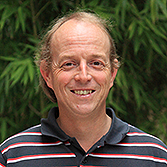
Dr Danny Rogers
DEECA Victoria
Danny is a shorebird expert. It’s said he can identify dowitchers from godwits at a distance of two kilometres, without needing binoculars or a scope. Danny has a long history of affection for Painted-snipe. He led breakthrough research that identified the Australian Painted-snipe as a full species, distinct from its Asian counterpart, the Greater Painted-snipe. He also recognised that the species should be listed as endangered due to its decline and small population size, and published key work on their habitat requirements. Danny is one of the authors of The Australian Bird Guide, the most comprehensive bird identification book ever made in the nation.
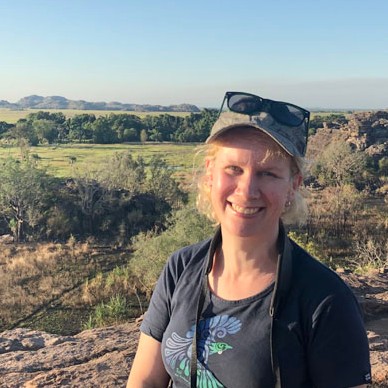
Dr Inka Veltheim
DEECA Victoria
Inka has spent so much time researching Brolgas in south-western Victoria that she has managed to master her own Brolga dance and is considering offering lessons. She has satellite-tracked over 20 Brolgas to reveal their breeding and non-breeding movements, particularly in context of wind-farm developments. Inka’s tracking experience extends to a range of other waterbird species, such as Little Curlews and Australasian Bitterns. Inka is editor of Stilt – the journal of the East Asian-Australasian Flyway, and is passionate about wetland bird conservation. She dreams of having a Painted-snipe in her lap so she can attach a little backpack to it.
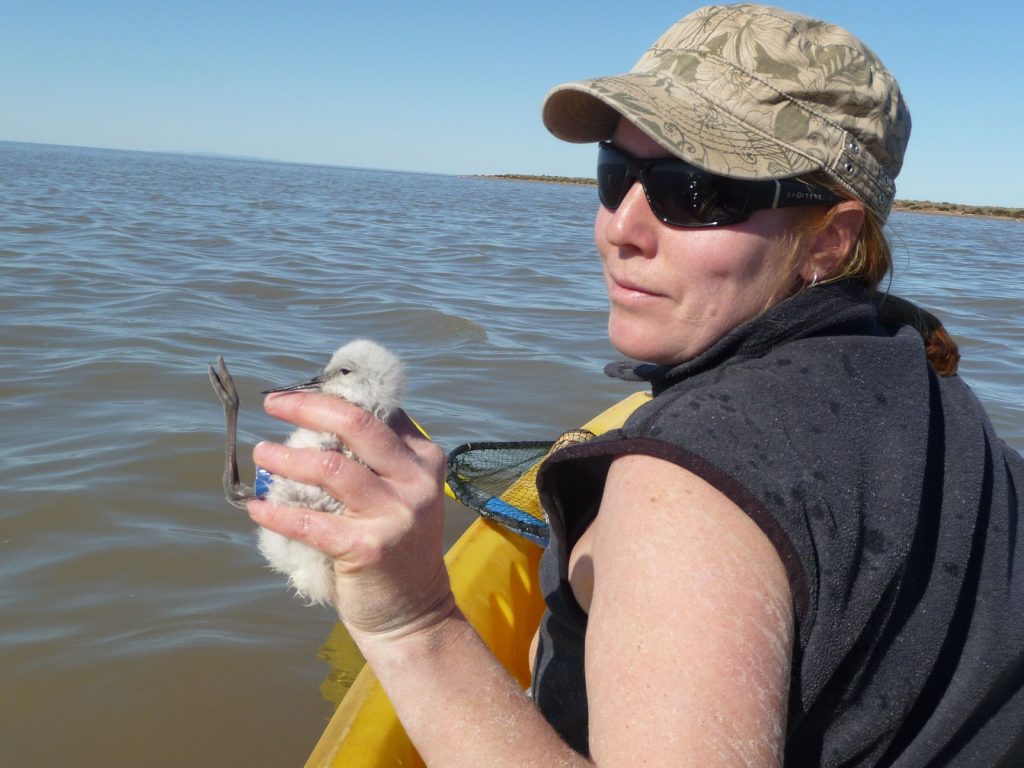
Dr Birgita Hansen
Federation University
Birgita has led a Latham’s Snipe tracking project, bringing together people from all walks of life, united by a bird that connects Australia and Japan. She has worked across the species range, from breeding grounds in Japan to non-breeding sites in southern Victoria. It’s possible that ramen and rice wine also inspired Birgita to travel to Japan. Through her work, Birgita is often asked about Painted-snipe, and, with any luck, soon she will be able to burn their ears off talking about the new information. She is obsessed with shorebirds and was long-time editor of Stilt, recently passing the baton to Inka.
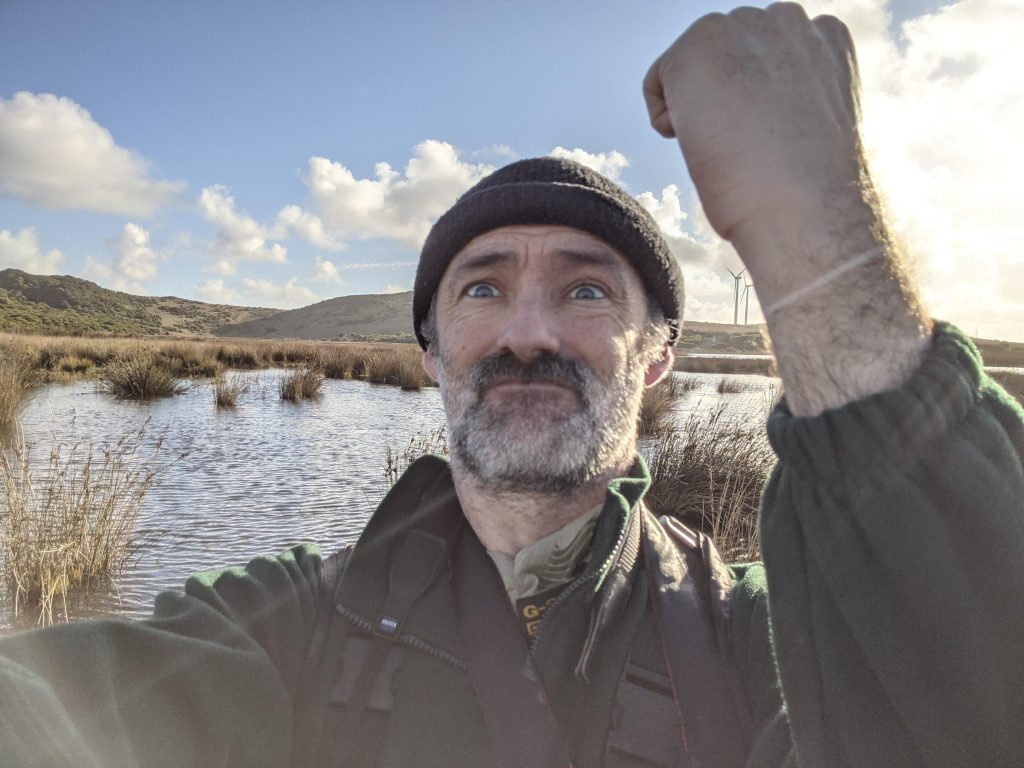
Chris Purnell
Birdlife Australia
Chris is a brilliant birder and a dedicated shorebird conservation man, always pursuing projects with practical outcomes. For example, he has recently trialled floating roosts for shorebirds in South Korea to help mitigate the loss of mudflat habitat. Chris was a key contributor to the recently published, ‘Australian national directory of important migratory shorebird habitat’. He has helped lead Birdlife Australia’s Painted-snipe work for about 15 years and is itching to see if the birds that use the Murray-Darling Basin do indeed fly to Northern Australia for winter. Apparently, Chris is considering adding the Australian Painted-snipe to his exceptional canvas of bird tattoos. He definitely should.
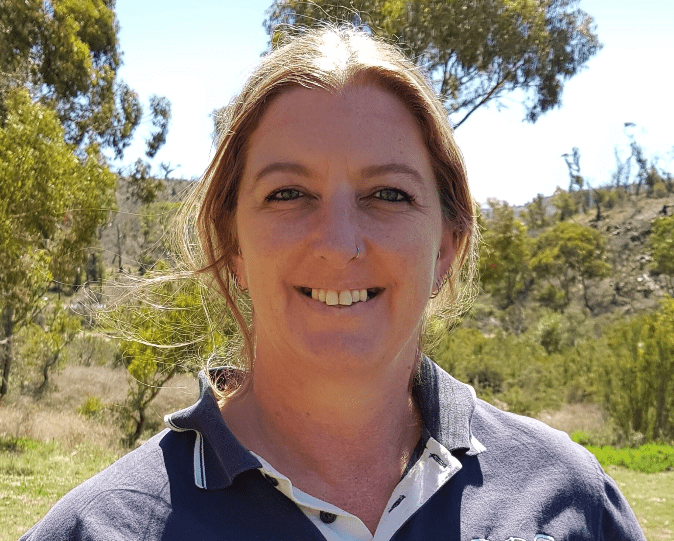
Lori Gould
Australian National University
Lori seems to have a thing for sneaky, swamp-lurking shorebirds because she is already studying the Latham’s Snipe for her PhD, building on the work of Birgita. Lori won’t admit it but deep down she knows the Australian Painted-snipe is a much more beautiful bird. Nonetheless, she clings to the prospect of joining Birgita in Japan, indulging in the ramen and sake. Lori worked at Greening Australia for 15 years before taking on the management of Canberra’s Jerrabomberra Wetlands, where a few Painted-snipe showed up years ago. She now runs Grassroots Environmental when taking a break from her Latham’s Snipe studies.
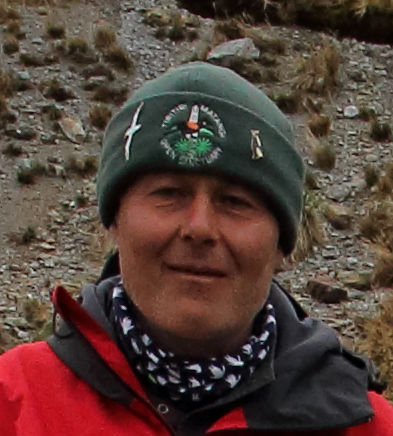
Andrew Silcocks
Birdlife Australia
Andrew is your quintessential bird nerd. He’s very modest but has probably seen more of the world’s bird species that the rest of the team combined. He has a long association with the Australian Painted-snipe, and, after 20 years, is part of the furniture at Birdlife Australia. He has been at the forefront of their efforts to encourage sightings and collate records of Painted-snipe. Andrew is also a masterful bird photographer, though he would never admit it. On reflection, Andrew is actually much like a Painted-snipe; unassuming and quite reclusive, but stunningly beautiful.
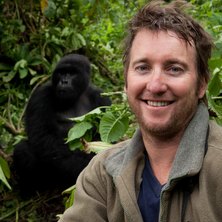
Professor James Watson
University of Queensland
James leads the RARES (Research and Recovery of Endangered Species) group, a group of students and post doctoral researchers tackling the work needed for some of Australia’s rarest and most difficult-to-study birds, like the Night Parrot, Red Goshawk and Buff-breasted Button-quail (see www.raresgroup.com.au) . Some say he spends far too much time supervising students and writing conservation papers, with a mind-boggling catalogue, but he still can’t get enough and wants more. Down the track, James and his team hope to develop a PhD or Postdoc opportunity to further Painted-snipe research and conservation, building on the initial work here and expanding into new areas, such as Queensland and the Kimberley to get at the overall national status of the bird so as to inform conservation actions.
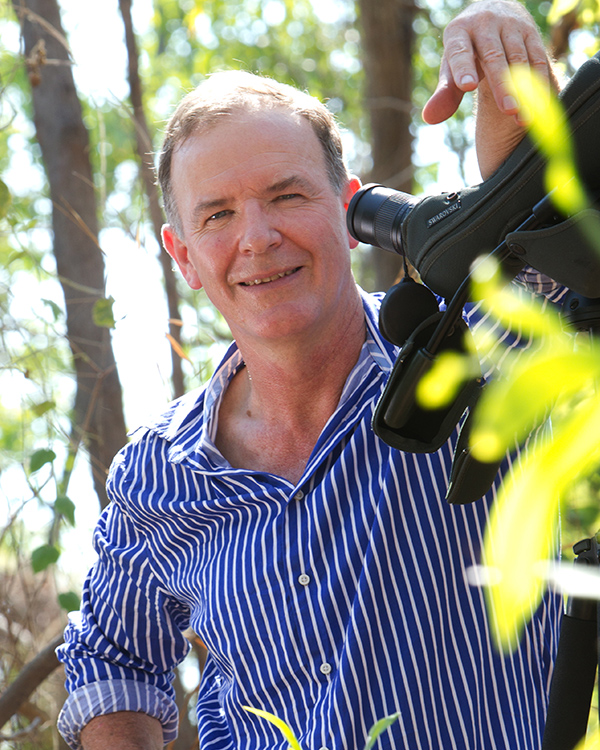
Professor Stephen Garnett
Charles Darwin University
Stephen has long been Australia’s foremost expert on threatened birds, having published the Action Plan for Australian Birds every decade since 1992. He recently said he wouldn’t do it again but those that know him well don’t believe a word. Stephen has mentored and supervised dozens of students, producing an enormous body of work useful for biodiversity conservation. He has a particularly soft spot for Golden-shouldered Parrots and Glossy Black Cockatoos, but he once accidently caught a Painted-snipe in Karumba, so he knows firsthand that they are the most beautiful bird on Earth. Through his far-reaching network and collaborative disposition, Stephen has been central in renewing the spark for Painted-snipe conservation efforts.
